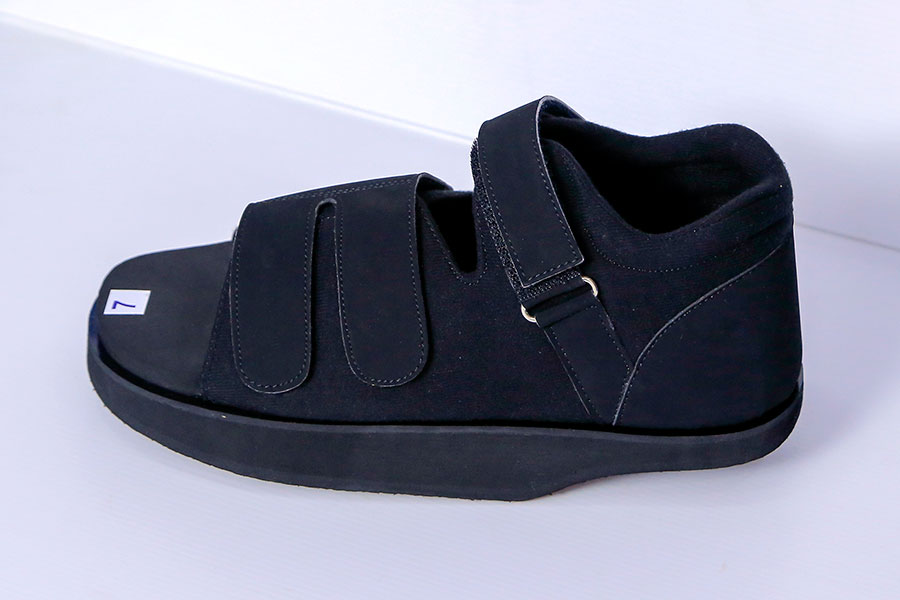- Your cart is empty
- Continue Shopping
Are you living with diabetes? Learn why you need diabetic shoes.
People who suffer from Diabetes know too well that their health is affected and can sometimes limit their physical activities and even day to day lives. Specifically, living with Diabetes has a direct effect on the feet and legs and special attention is required.
How Diabetes Affects the Feet:
- Diabetic neuropathy occurs in 60-70% off people with diabetes and tends to damage the nerves in your legs and feet causing you to lose feeling in them. This means you might not feel cuts or sores on your feet and when your feet get too hot or too cold, all which could lead to serious infections and complications. That’s why the best diabetic shoes are always seam-free, nonbinding and offer generous space for a comfortable and pressure free environment.
- Peripheral vascular disease causes your blood flow to slow down and prolong the healing time of sores and cuts. Non-healing sores and cuts may increase your chances of developing severe ulcers or gangrene which may lead to amputation.
These conditions can lead to common foot problems such as:
- Athlete’s foot
- Fungal infection of nails
- Calluses/Corns
- Blisters
- Dry skin
- Diabetic ulcers
- Ingrown toenails
- Plantar warts
 Fortunately, most diabetic foot problems can be prevented and treated by wearing protective diabetic shoes, diabetic socks and by following a proper foot care routine.
Fortunately, most diabetic foot problems can be prevented and treated by wearing protective diabetic shoes, diabetic socks and by following a proper foot care routine.
What are the special features of diabetic shoes?
Diabetic shoes are specially designed shoes intended to offer protection for diabetic feet and reduce the risk of skin breakdown, primarily in cases of poor circulation, neuropathy and foot deformities.
Protective Interior: the interior of a diabetic shoe is made with soft material and with no protruding stitching, as sometimes even the smallest prominence can irritate and cause skin breakdown in a diabetic foot.
Non-Binding Uppers: the upper material of the shoe should be soft and with no overlays across the bunions to eliminate pressure points.
Stretchable Uppers: styles with stretchable uppers can provide extra protection since they conform to contours of the unique diabetic foot shape and help ease pressure points.
Orthotic Support: diabetic shoes are designed with anatomical insoles that provide superior arch support, conform to the contours of the foot and reduce pressure on the bottom of the foot.
Extra-Depth Design: an extra depth design ensures a loose fit that does not apply pressure on the sensitive foot. Furthermore, the additional space allows one to insert diabetic insoles or custom orthotics easily and comfortably.
Deep Toe-Box: the tip of the shoe around the toe area is higher, offering extra room for the toes, including deformed toes such as hammertoes and creates a pressure free environment.
Multiple Widths: since a non-constricting foot environment is key, most people with diabetes should wear wider shoes than normal. Diabetic shoes are available in a variety of widths (at least three widths – Medium, Wide, Extra Wide) to improve fit and protection.
Functional Soles: diabetic shoes feature light weight soles with an ergonomic design that facilitates mobility and improves foot motion.





